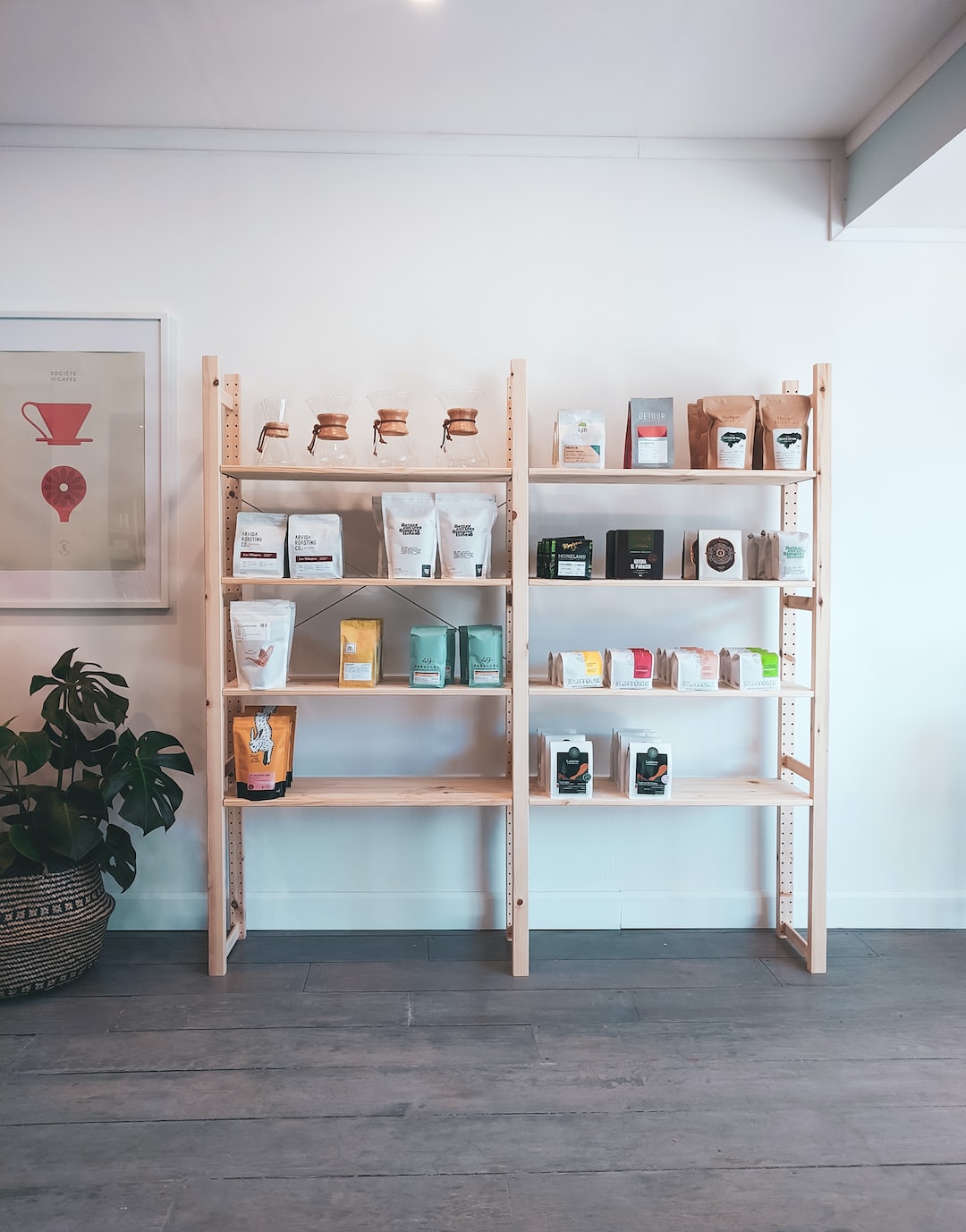Visual merchandising is a crucial aspect of retailing as it plays a major role in attracting customers and increasing sales. It not only refers to the placement of products in a store but also encompasses various techniques and strategies that stimulate customer interest and drive purchasing decisions. The art of visual merchandising lies in creating irresistible store displays that captivate the attention of potential buyers and entice them to explore further.
One of the fundamental principles of visual merchandising is understanding the target audience. A successful display should be tailored to appeal to the specific needs, preferences, and lifestyles of the target customers. For example, a clothing store targeting young adults may create vibrant and trendy displays, while a high-end jewelry store may opt for more elegant and sophisticated arrangements. By understanding the target audience, retailers can create displays that resonate with their customers, making them more likely to make a purchase.
Effective visual merchandising also involves creating a visually pleasing and harmonious display. Color, lighting, and composition play a crucial role in creating an appealing environment that catches the eyes of customers. Using a color scheme that complements the products enhances their visual appeal and makes them more enticing. Additionally, appropriate lighting can highlight the products and create a warm and inviting atmosphere. By carefully considering the composition of the display, retailers can create visually appealing arrangements that encourage exploration and increase the chances of purchase.
The placement of products within a store is another essential element of visual merchandising. Retailers should strategically position products to attract attention and guide customers through the store. Avoiding clutter and using space wisely is important to ensure that customers can easily navigate the store and find what they are looking for. Placing high-demand or impulse-buy items near the entrance can grab the attention of customers and encourage them to explore further.
Creating eye-catching focal points within a store is another technique that can enhance the visual appeal of displays. These focal points can be created using props, mannequins, or larger-than-life product displays to draw attention to specific areas or products. By using focal points, retailers can create a sense of interest and curiosity, inspiring customers to explore the entire store.
In addition to aesthetics, effective visual merchandising should also convey a clear message about the products and brand. By using signage, graphics, and brand messaging, retailers can communicate product information and brand values to customers. Clear and informative signage helps customers understand the products and encourages them to make informed purchasing decisions. Consistent branding throughout the store also creates a cohesive and memorable shopping experience, making customers more likely to return.
Visual merchandising is a dynamic process that requires continuous evolution and adaptation. Retailers should regularly update their displays to keep them fresh and engaging. They should also monitor customer feedback and adapt their displays based on customer preferences and buying patterns. By constantly evolving and experimenting, retailers can create store displays that consistently captivate customers and drive sales.
In conclusion, the art of visual merchandising is a powerful tool for retailers to create irresistible store displays. By understanding the target audience, creating visually appealing compositions, strategically placing products, using focal points, and conveying a clear message, retailers can attract and engage customers, ultimately leading to increased sales. Visual merchandising is an ever-evolving process that requires creativity, attention to detail, and a deep understanding of the customer. By mastering this art, retailers can create compelling store displays that leave a lasting impression on customers and keep them coming back for more.

